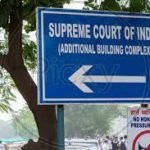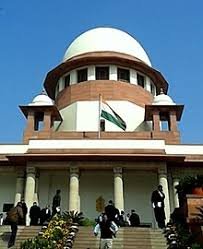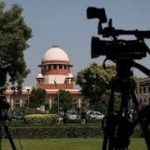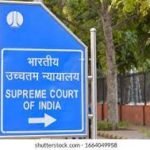The appellants were convicted by a trial court and their convictions upheld by a High Court for the murder of Nagender Yadav, with Dinesh Kumar @ Khali also convicted under the Arms Act. The core of the prosecution’s case rests on the dying declarations made by the deceased to his wife (PW-1) and brother (PW-2), identifying the three accused. The document details the factual background of the incident, the submissions made by both defense and prosecution, and the court’s consideration of the evidence, ultimately dismissing the appeals and upholding the original convictions due to the reliability of the dying declarations and the established common intention of the accused.
Penal Code, 1860, Section 302 read with Section 34 – Arms Act, 1959, Section 25(1B)(a) and 27(1) – Evidence Act, 1872, Section 32 – Murder – Conviction Upheld – Common intention – Dying declaration – Appreciation of evidence – Testimony of PW-1, wife of the deceased, appears natural – No material contradictions and omissions were brought on record in her cross-examination – No suggestion was given to the witness that the deceased was not in a position to speak – She identified the accused persons who were known to her in the Court – Hence, her evidence is worthy of acceptance.
PW-2 stated that at 12.30 am on 16th May 2012, when he was sleeping inside the house, he heard cries coming from the side of the lane – He came out and recognised the voice of the deceased – Even PW-10 came there – PW-1 instructed him to get the deceased to the hospital – He stated that PW-1 was weeping – Therefore, he and PW-10 took the deceased to Hospital on a motorcycle driven by PW-10 – The deceased was made to sit between him and PW-10 on the motorcycle – PW10, in his examination-in-chief, just mentioned that the deceased informed PW2 about the assailants while he was riding the motorcycle to the hospital – Recovery of the weapon of assault at the instance of the accused no.1 – The weapon was a country-made pistol of .315 bore – The country-made pistol and one cartridge were sent to FSL – PW-15, a ballistic expert, was examined – He stated that the country- made pistol was in working condition and that the test fire was successfully conducted. An empty cartridge was fired – However, he stated that no opinion can be given whether the bullet marked as Exhibit EB-1, which was found in the body of the deceased, had been fired through the country-made pistol – Evidence of PW-1 and PW-2 on the dying declaration made by the deceased is consistent and very reliable – Their version of the dying declaration has not been shaken in the cross-examination – As both the witnesses are close relatives of the deceased, their testimony scrutinised – PW-10 has not fully supported the prosecution – As the evidence of the other two witnesses is worthy of acceptance, the prosecution’s case cannot be disbelieved on the ground that PW-10 did not support the prosecution –
Held that once the dying declaration made by the deceased is proved, the fact that the ballistic expert could not give a definite opinion on the question of whether the cartridge recovered from the body of the deceased was fired by the revolver recovered at the instance of the accused no.1, is not relevant at all – Once it is held that the dying declarations are duly proved, this lacuna is insignificant – Accused nos. 2 and 3 were present and were accompanying accused no.1 when accused no.1 shot the deceased – Looking at the evidence on record, Section 34 of IPC has been correctly applied to the facts of the case – From the conduct of the accused persons reflected from the evidence on record, common intention on their part was duly proved – Held that find no error in the view taken by the Trial Court and the High Court – Accordingly, the appeals liable to be dismissed – One month time granted to the accused to surrender for undergoing their remaining sentence.
(Para 7 to 18)
Suresh @ Hanumant V. State (Govt. Of Nct Delhi)
Supreme Court: 2025 INSC 324: (DoJ 05-03-2025)








